
views
Neutral Good Meaning

“Neutral good” means acting in the interest of “good” without any bias. This term applies to individuals, entities, and ideas that lack any strong personal or political values. However, they do promote every individual’s right to justice. In the role-playing game Dungeons & Dragons, neutral good means that a character follows the philosophy that regulation combined with freedom is the best way for the world to operate. Some common concepts associated with “neutral goodness” include generosity, friendliness, courtesy, altruism, and self-reliance.
Neutral Good Character Traits
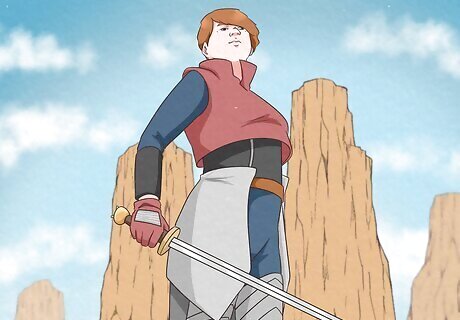
Neutral good characters act with everyone’s best intentions in mind. As the most generically “good” morality alignment, neutral good characters will always try to do what’s best for the great good. If necessary, they’re willing to bend the rules or recognize unjust laws, but they don’t have any inherent issue with authority or order. Neutral good characters lack bias, meaning they always act in the interest of “good” despite any personal or political values. Many popular heroic protagonists embody these traits. Famous examples of neutral good characters include Harry Potter (Harry Potter), Wonder Woman (“DC Comics”), and Luke Skywalker (Star Wars).
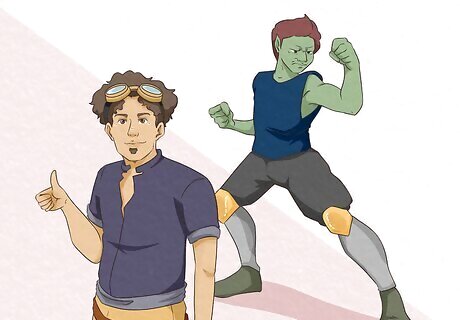
Neutral good characters can be categorized as passive or active. A passively good character leads a normal life but will do good when given the opportunity. They will help anyone who needs it then return to their daily life. They are most likely to help out people who are in their social circle but will also help strangers as needed. An actively good character, on the other hand, is devoted to a life of doing good. They may even sacrifice their personal happiness or safety in pursuit of the greater good. In the Batman franchise, for example, Alfred may be seen as a passively good character, while Bruce Wayne is more actively good since he goes out of his way to fight crime.
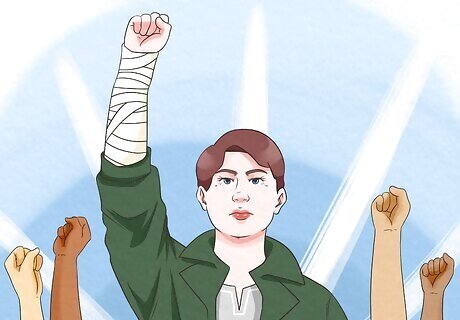
Neutral good characters are community-focused but not political. When it comes to interacting with society, a neutral good character or government strives to help the community when they are in need. However, they don’t otherwise seek to influence the people around them like a politically-minded or activist character would. Neutral good characters have a particular apathy toward politics and government, and they see transitions of power as logical events that should happen without any bloodshed. A neutral good individual doesn’t care much for authority and would rather fit in with and support the society or nation they belong to. They will give their lives in defense of their community or family if they believe it will help everyone live a safer and happier life.
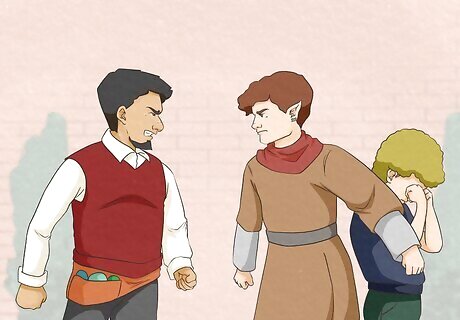
A neutral good character follows strict values that promote goodness. Some of the basic philosophies for neutral good characters include only lying to evil-doers, honoring those who do good, helping those in need, and only stealing to promote goodness. Along with the neutral good commandments, certain acts are considered sinful or immoral by neutral good characters, including: Refusing to defy an authority figure or break the law if it serves the greater good. Failing to speak up against injustice or evil or assist someone good who is in need. Willfully causing harm to someone good or innocent. Turning down a chance to take down an evil individual or avenge their wrongdoing. Theft, robbery, or vandalism that doesn’t serve a moral purpose.

In D&D, neutral good characters should be merciful and honorable. When playing the Dungeons & Dragons game, certain actions are considered “honorable” when a character is adventuring and others that are considered “dishonorable.” Essentially, an honorable action matches the character’s alignment, while a dishonorable one does not. For a neutral good alignment, honorable actions include taking prisoners, allowing a disarmed enemy to pick up their weapon, paying for the funeral of someone they defeated, refusing medical treatment for the good of the party, and risking their own life to save someone else’s. Dishonorable actions for this alignment include treason, attacking an unarmed opponent, being convicted of a crime, fleeing a battle that’s going poorly, and killing a host that’s provided shelter.
Neutral Good and Other Alignments
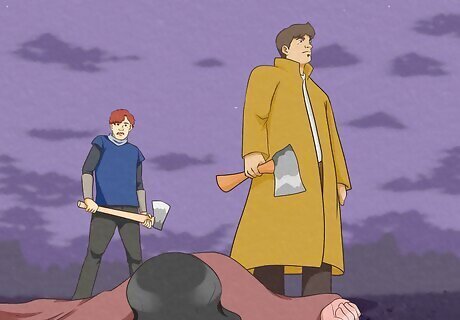
Neutral Good vs. Lawful Good While they may pursue the same goals, lawful good characters resist bending the rules in the same way that neutral good characters do—although they may overlook those violations in the pursuit of goodness. Neutral good characters see lawful good characters as allies, but they do hold them at arm’s length. Lawful good characters act the way a good person is expected or required to act. They combine honor with compassion and will fight tirelessly to help those in need. For example: Batman (Neutral Good) and Superman (Lawful Good) work together well, but Batman is sometimes willing to do things that Superman is not.
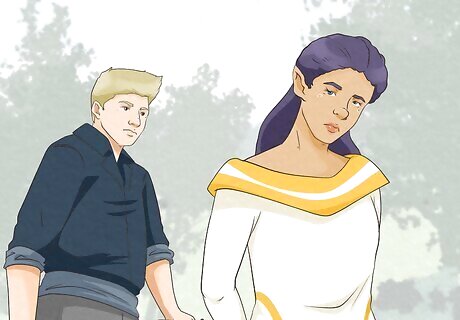
Neutral Good vs. Lawful Neutral Lawful neutral and neutral good characters have a very close bond and share the same values, goals, and perspectives. In this dynamic, neutral good characters typically defer to lawful neutral ones—as long as they’re headed in the “correct” moral direction. Lawful neutral characters behave according to law, tradition, and the moral code imposed by their social order. They are reliable and honorable and favor a strong government but are by no means zealots. For example: James Bond (Lawful Neutral) strictly follows his internal compass and moral code, while his associates like Felix Leiter (Neutral Good) pursue good deeds but disregard legality as necessary in order to do so.
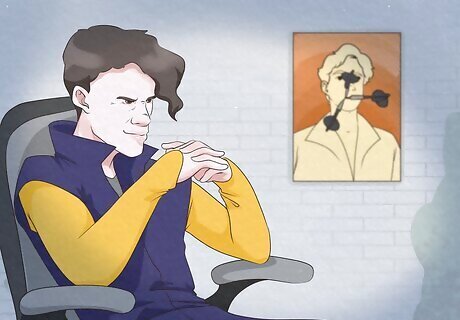
Neutral Good vs. Lawful Evil Neutral good and lawful evil characters should be wary of each other and generally stay in their own lanes. It’s best if they can ignore each other, but once they cross paths, they’re likely to create conflict. Neutral good characters don’t respect the orderly system by which lawful evil characters live their lives, but they struggle to bring them down due to their knack for appearing moral and just. Lawful evil characters are systematic and intentional in how they go about their evil deeds. They care about tradition, loyalty, and order but do not care about hurting others or spreading evil. For example: Batman (Neutral Good) attempts to demolish Penguin’s (Lawful Evil) hierarchical criminal structure. However, Penguin uses his influence to stay out of trouble with the law and foils Batman time and time again.
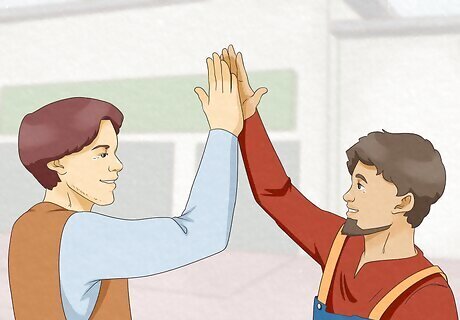
Neutral Good vs. Neutral Good Two neutral good characters work well together as they have the same goals and belief in bending the rules as necessary. However, they may find themselves at odds when their cost-benefit analyses no longer align: i.e., one character sees breaking a certain rule as essential for the greater good while the other does not. For example: Harry Potter and Ron Weasley (Harry Potter) are both neutral good characters. They are almost always on the same side but clash when one disagrees with how the other is going about reaching their goal.
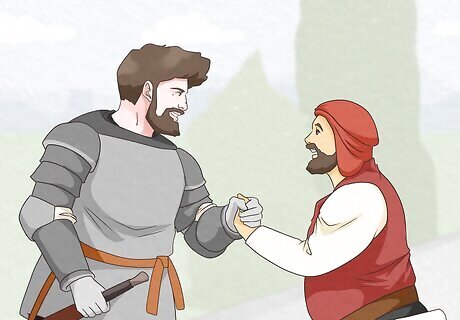
Neutral Good vs. True Neutral Neutral good and true neutral characters have a shared apathy toward rules and traditions, but neutral good characters dislike true neutral’s general ambivalence toward the fight between good and evil. Most of the time, however, characters with these alignments can coexist peacefully. True neutral characters don’t have strong opinions on good vs. evil or law vs. chaos. These characters lack conviction and aren’t personally committed to doing good, but they will react to any situation in a completely unbiased or pressured way. For example: The Avengers (Neutral Good) and the Timekeepers (True Neutral) clash because the Timekeepers want to preserve the timelines and protect the time stone while the Avengers need the time stone to stop Thanos. In this example, the Avengers care more about the greater good, while the Timekeepers are more concerned about the sanctity of the stone and their religion.
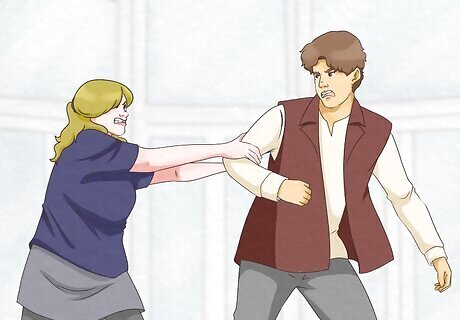
Neutral Good vs. Neutral Evil Neutral good and evil characters both challenge societal norms, but they don’t see eye-to-eye on issues of justice and morality. When in conflict, both of these characters will do whatever it takes to stop the other. Neutral evil characters are purely out for themselves and do whatever they can get away with. They don’t care about following any order or moral code and simply commit evil for the sake of committing evil. For example: Green Arrow (Neutral Good) and Deathstroke (Neutral Evil) are constantly at odds even though they tend to both operate outside the law. However, they have an opposite moral code and sense of justice.
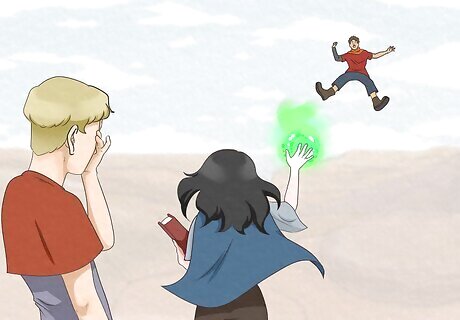
Neutral Good vs. Chaotic Good Neutral and chaotic good characters both prioritize the greater good over respecting the law. However, the chaotic end of this spectrum will cause trouble just for the sake of it. Conversely, neutral good characters rarely seek out conflict and rather rise to the occasion when it comes to them. Chaotic good characters follow their own moral compass regardless of other people’s expectations or opinions. These characters are kind and benevolent, and they believe in goodness but have little regard for laws and regulations. For example: Bloodsport (Neutral Good) and Harley Quinn (Chaotic Good) fight toward the same end goal and have no qualms about bending some rules, but they have different outlooks on the best methods to get there.
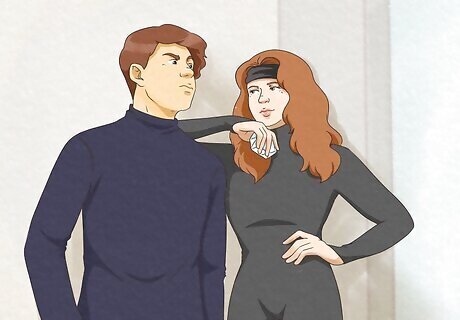
Neutral Good vs. Chaotic Neutral Neutral good characters often conflict with chaotic neutral ones. Chaotic neutral characters tend to be viewed as self-absorbed and trouble-making compared to the highly moralistic neutral good characters. However, this duo can make a good team if they have a common interest and they won’t let societal norms or laws get in their way. Chaotic neutral characters are complete individualists who follow their own whims and prize their own liberty over the freedom of others. These characters resent authority and tradition but do not act without motivation. If they do good, it’s because they want to help others, and if they do evil, it’s because they want others to suffer. For example: Catwoman (Chaotic Neutral) is partly motivated by her own self-interest and enjoyment of petty crime, but she also has an altruistic side. Because of this duality, she and Batman (Neutral Good) oscillate between being enemies and allies.
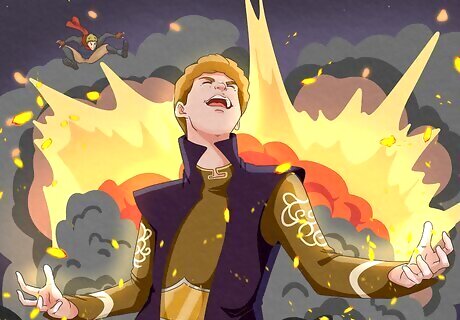
Neutral Good vs. Chaotic Evil Neutral good characters are always enemies of chaotic evil characters. Chaotic evil characters are solely focused on causing damage to the world around them, while neutral good characters will do anything they can to stop them and re-balance the scales toward justice. Chaotic evil characters are greedy, hateful, and ruthlessly violent. Their actions are unpredictable except in that they will do anything they can to destroy beauty, life, and order. For example: The Green Goblin (Chaotic Evil) is intent on hurting the people and world around him, while Spiderman (Neutral Good) will do anything he can to stop him. As is common with this character dynamic, the Green Goblin may try to discredit Spiderman by trying to bring out his dark side and drag him down to his villainous level.
What is an alignment chart?
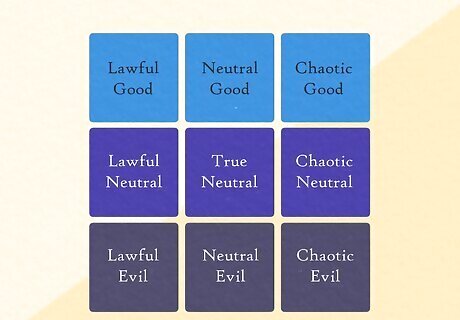
An alignment chart categorizes things into good vs. evil and lawful vs. chaotic. The 3x3 grid has two axes with opposing forces on either end. The vertical axis represents good vs. evil, and the horizontal axis represents lawful vs. chaotic. The top row represents good, the middle row is neutral, and the bottom represents evil. The leftmost column is lawful, the middle column is neutral, and the rightmost column is chaotic. There are nine different alignments or categories on the chart, each represented by a square: lawful good, neutral good, chaotic good, lawful neutral, true neutral, chaotic neutral, lawful evil, neutral evil, and chaotic evil. On an alignment chart, neutral good is found in the first row and middle column.
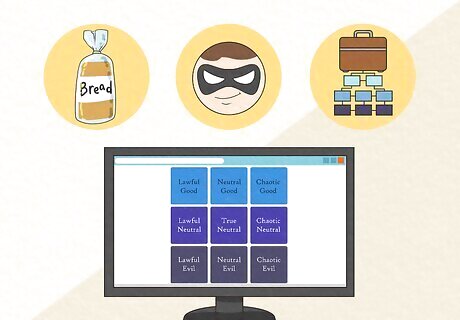
Alignment charts are popular on social media after being used in role-play games. Alignment charts were first used in Dungeon and Dragons to help players define characters according to their moral and personal attitudes. The charts inform the decisions, actions, and behaviors of D&D characters throughout gameplay. However, the use of alignment charts has become much more popular thanks to their inclusion in common memes and as a categorization tool. Alignment charts can be used to categorize practically anything, from comic book characters to the best ways to package a loaf of bread. Categorizing objects, concepts, or people on these charts can encourage fun discussions, guide decision-making, and increase shared understanding among a group. For example, alignment charts may be used in professional settings for team-building purposes or to present workplace expectations in an interesting way.












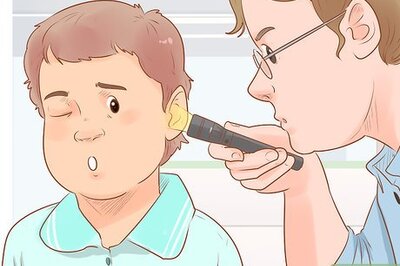






Comments
0 comment